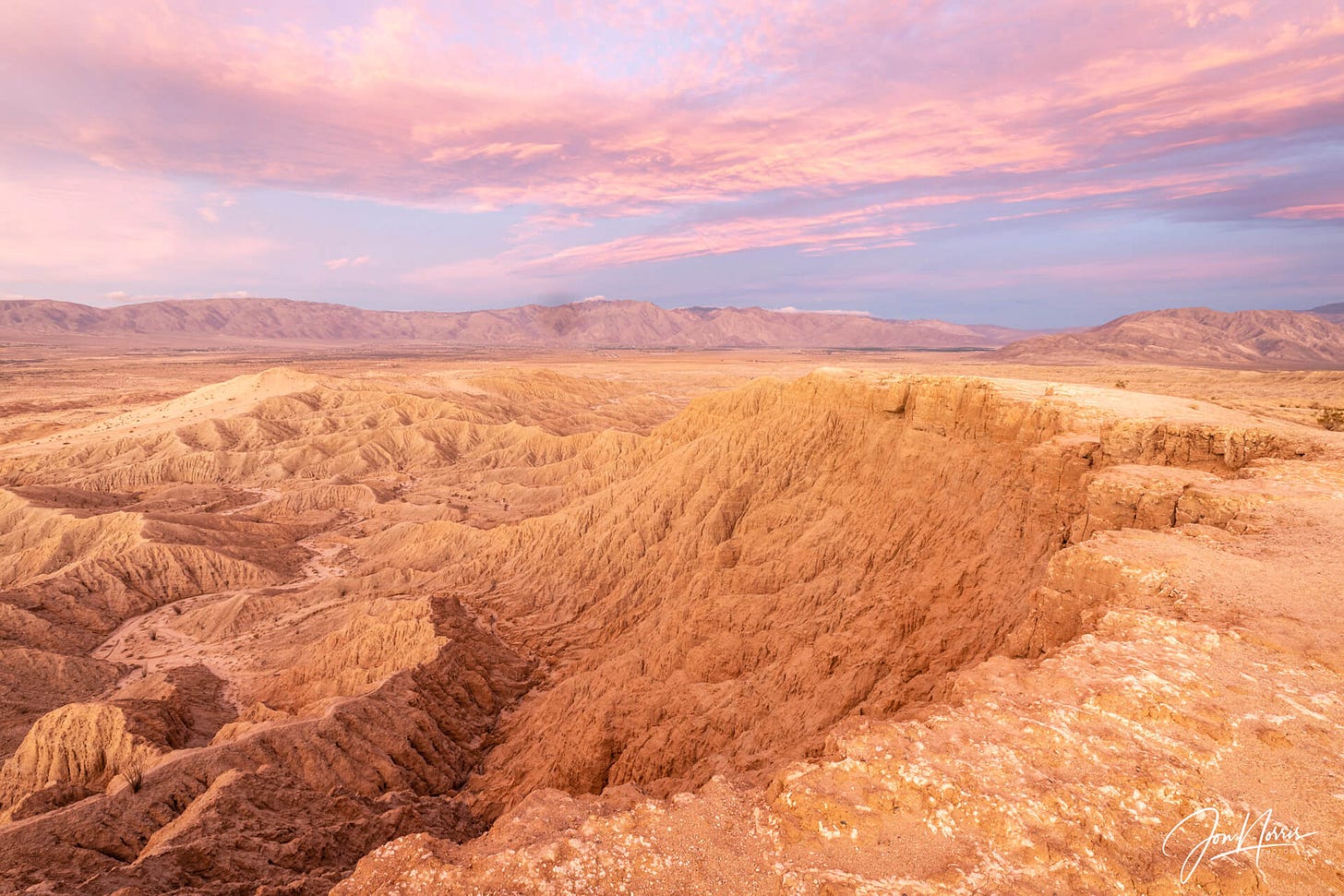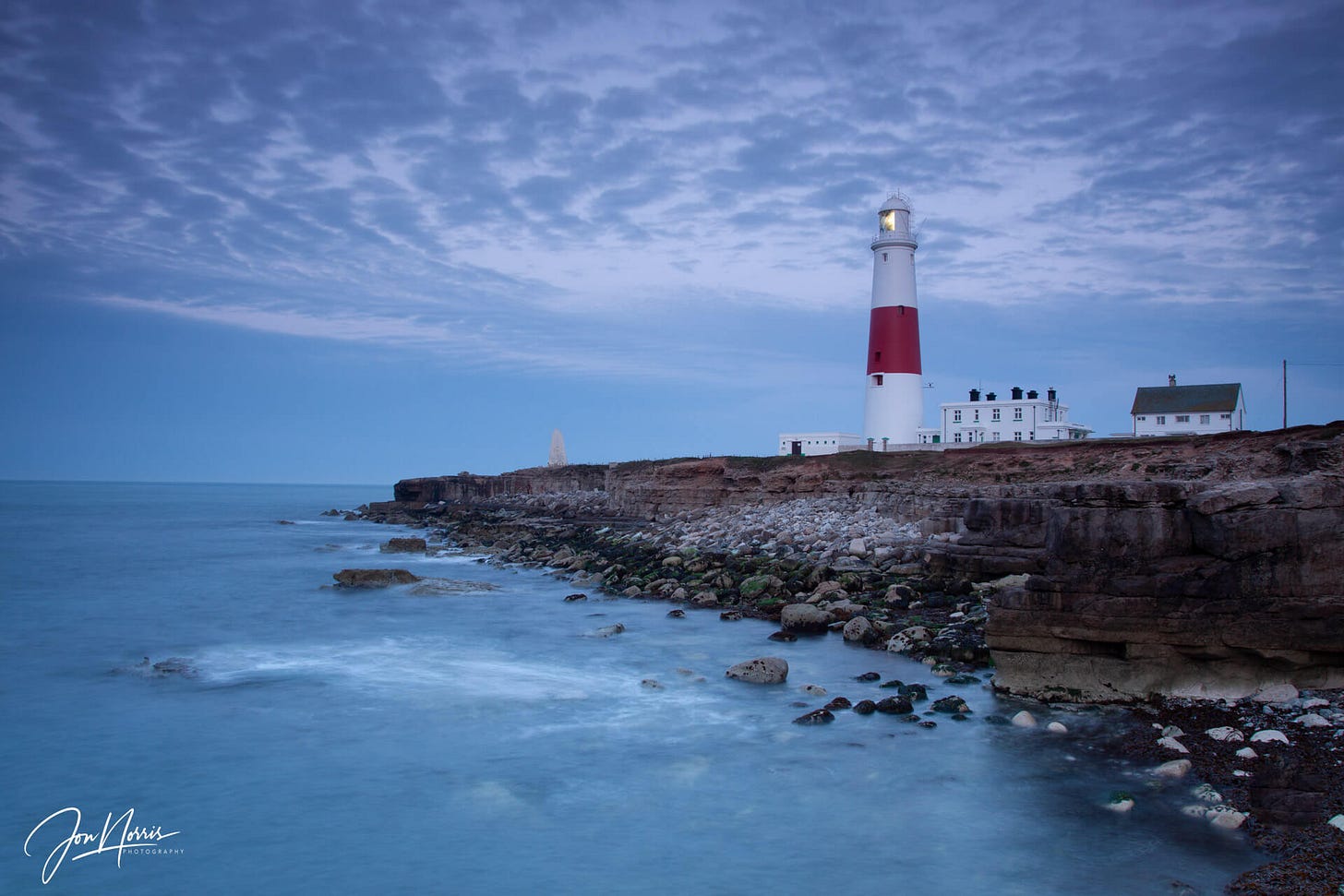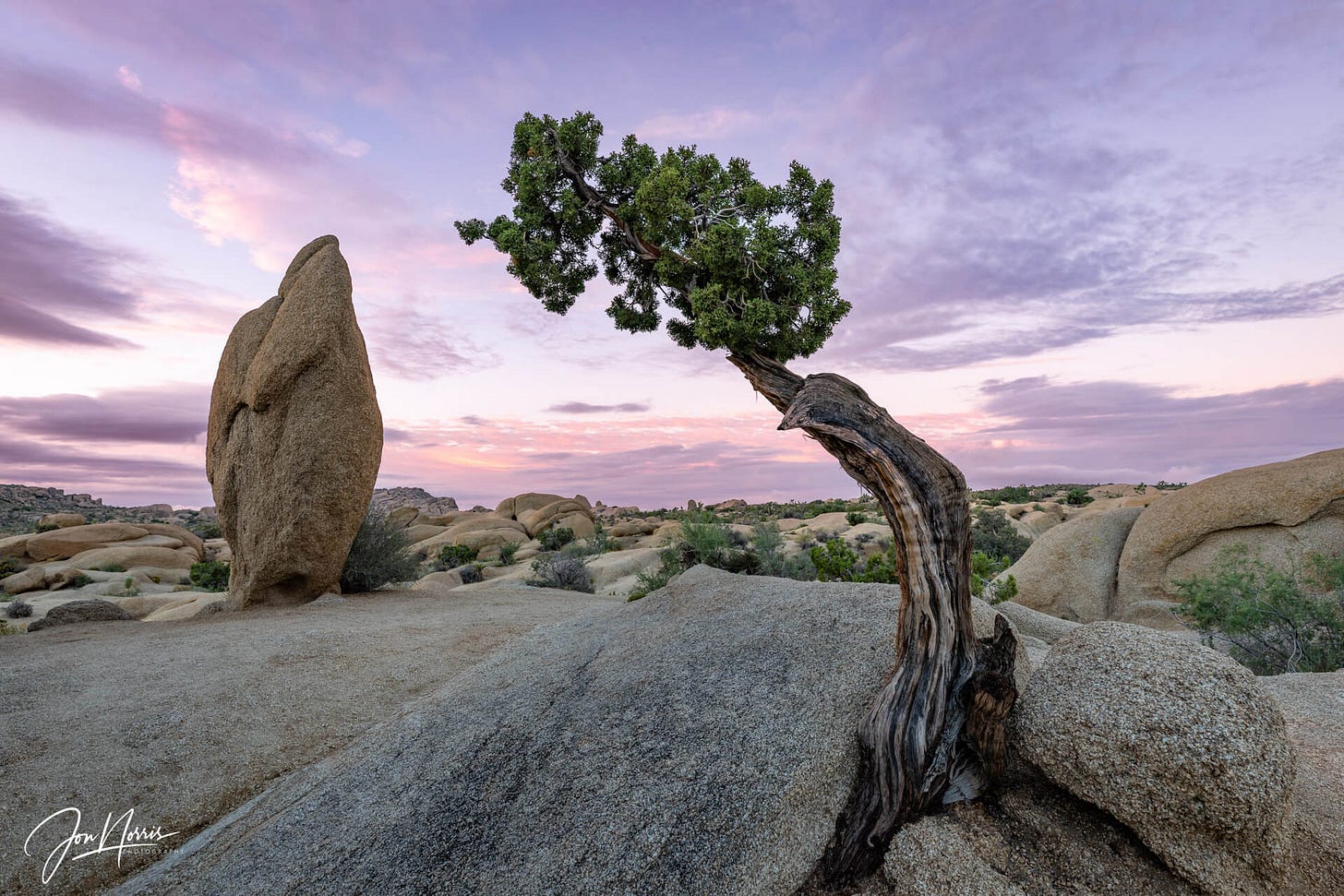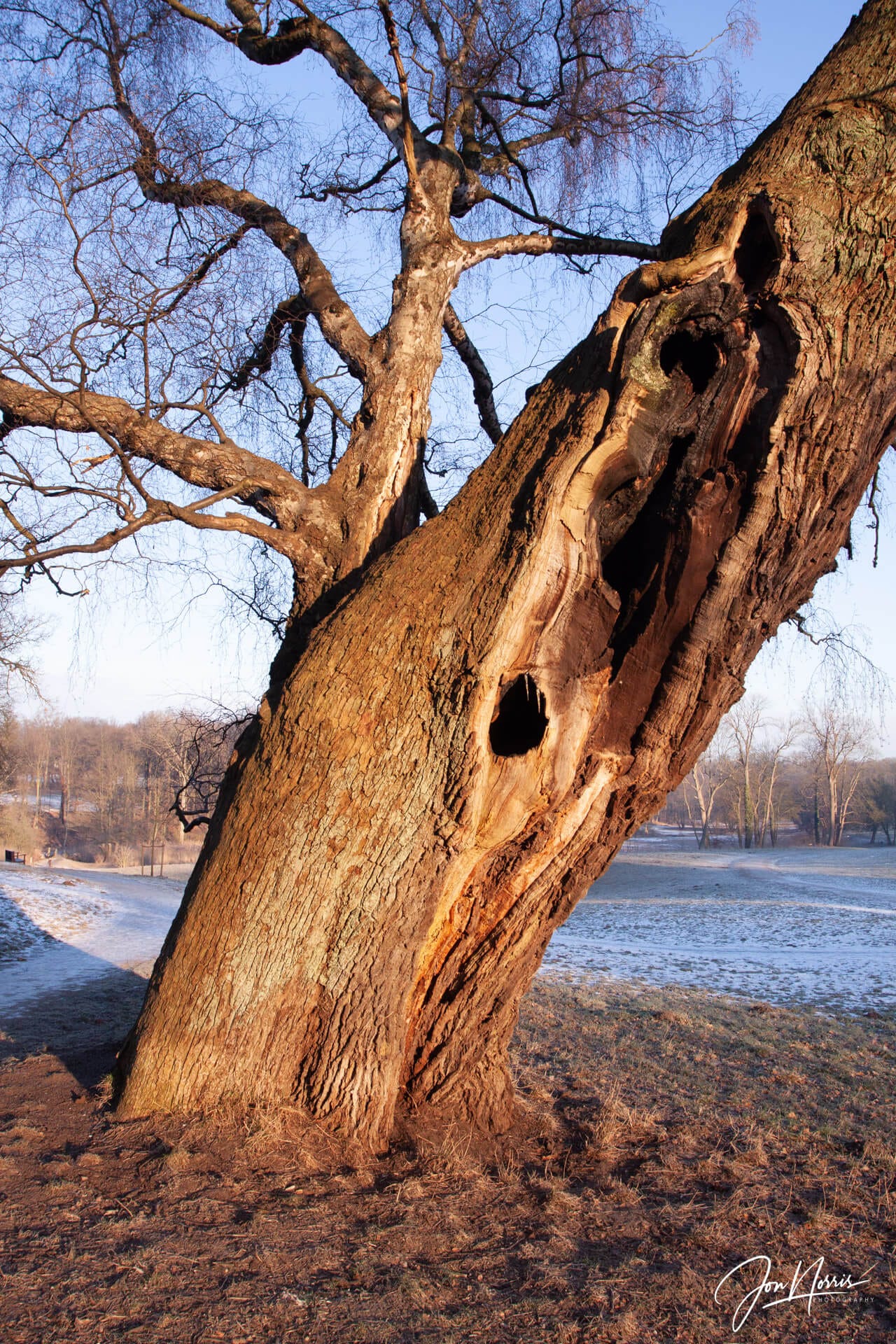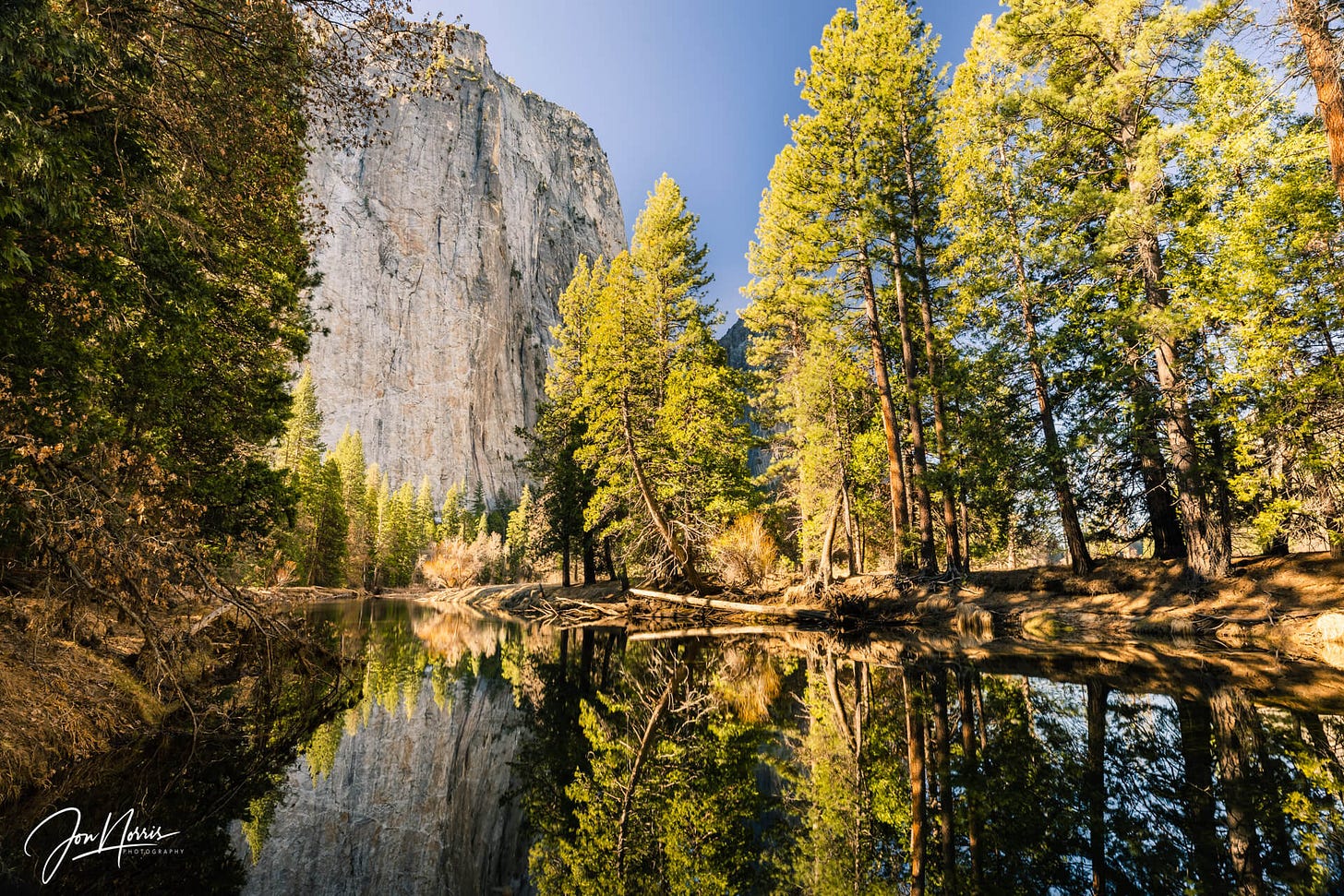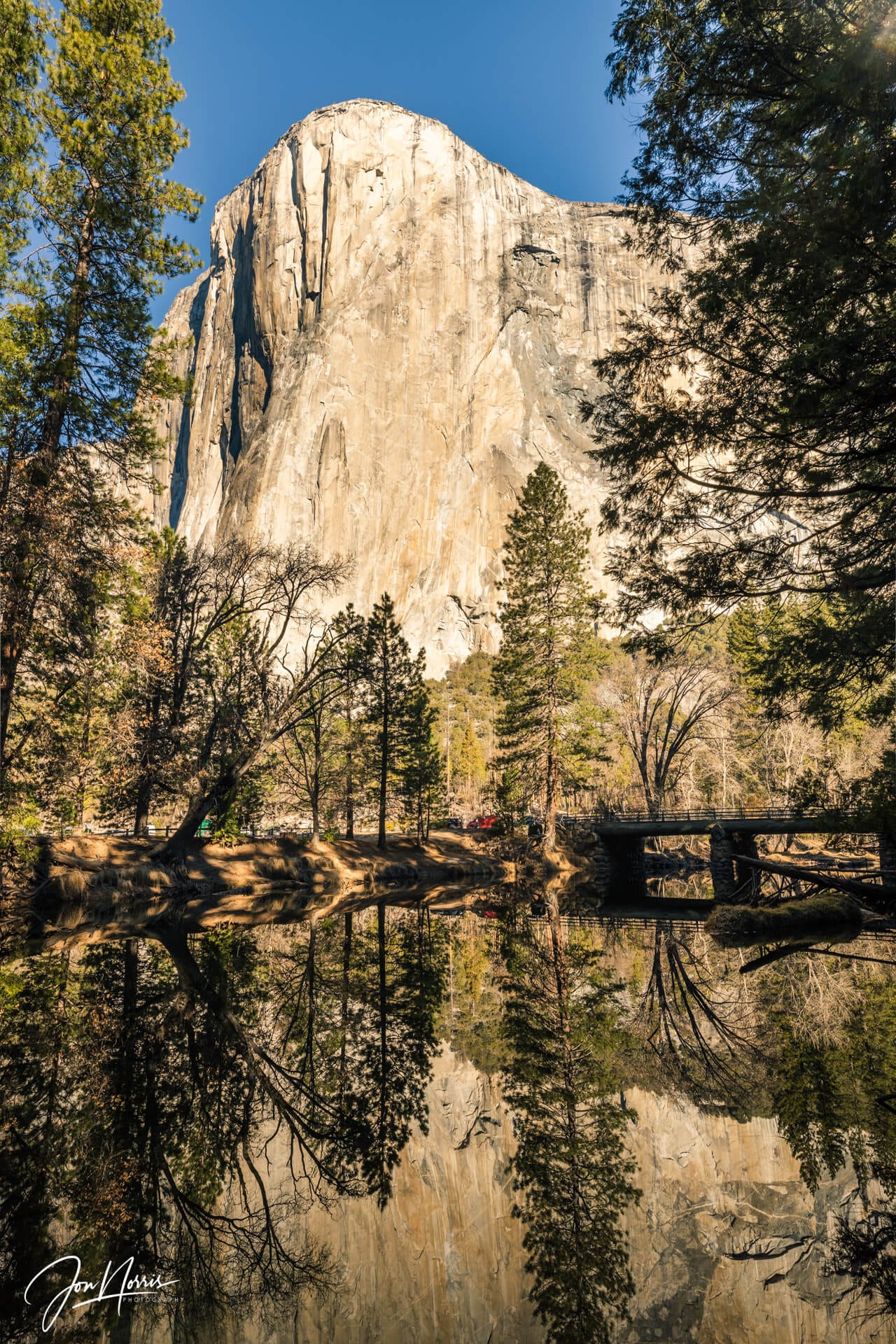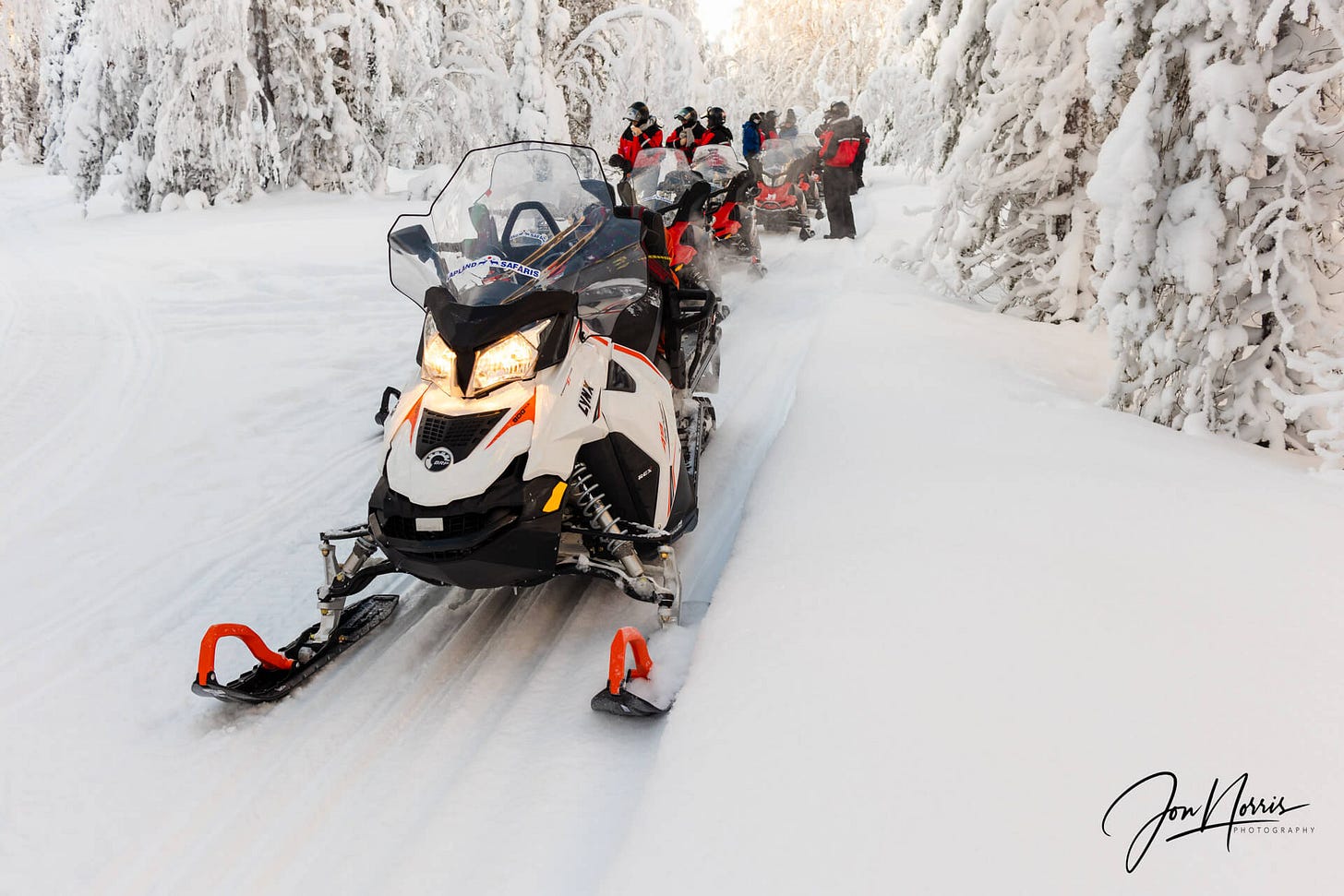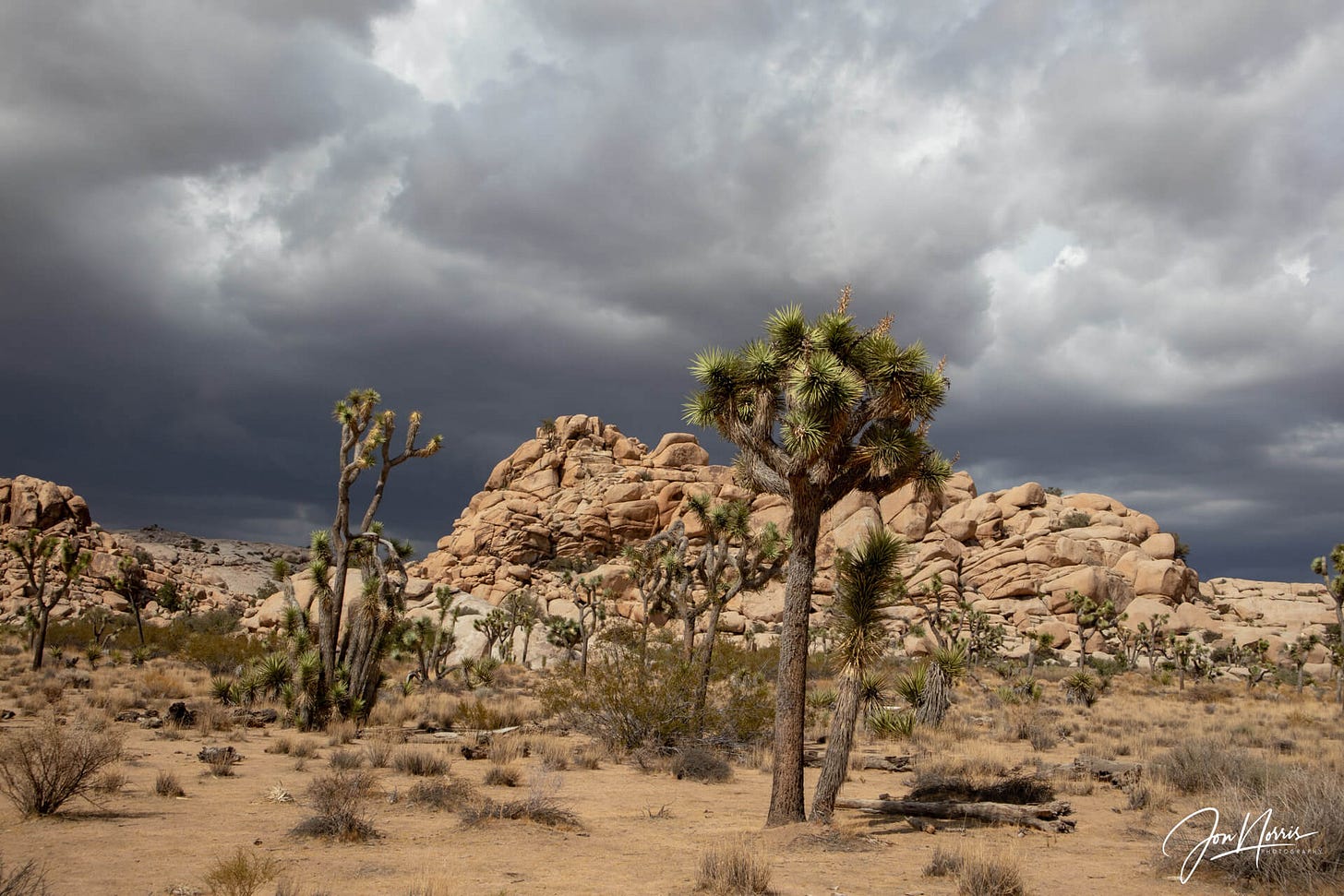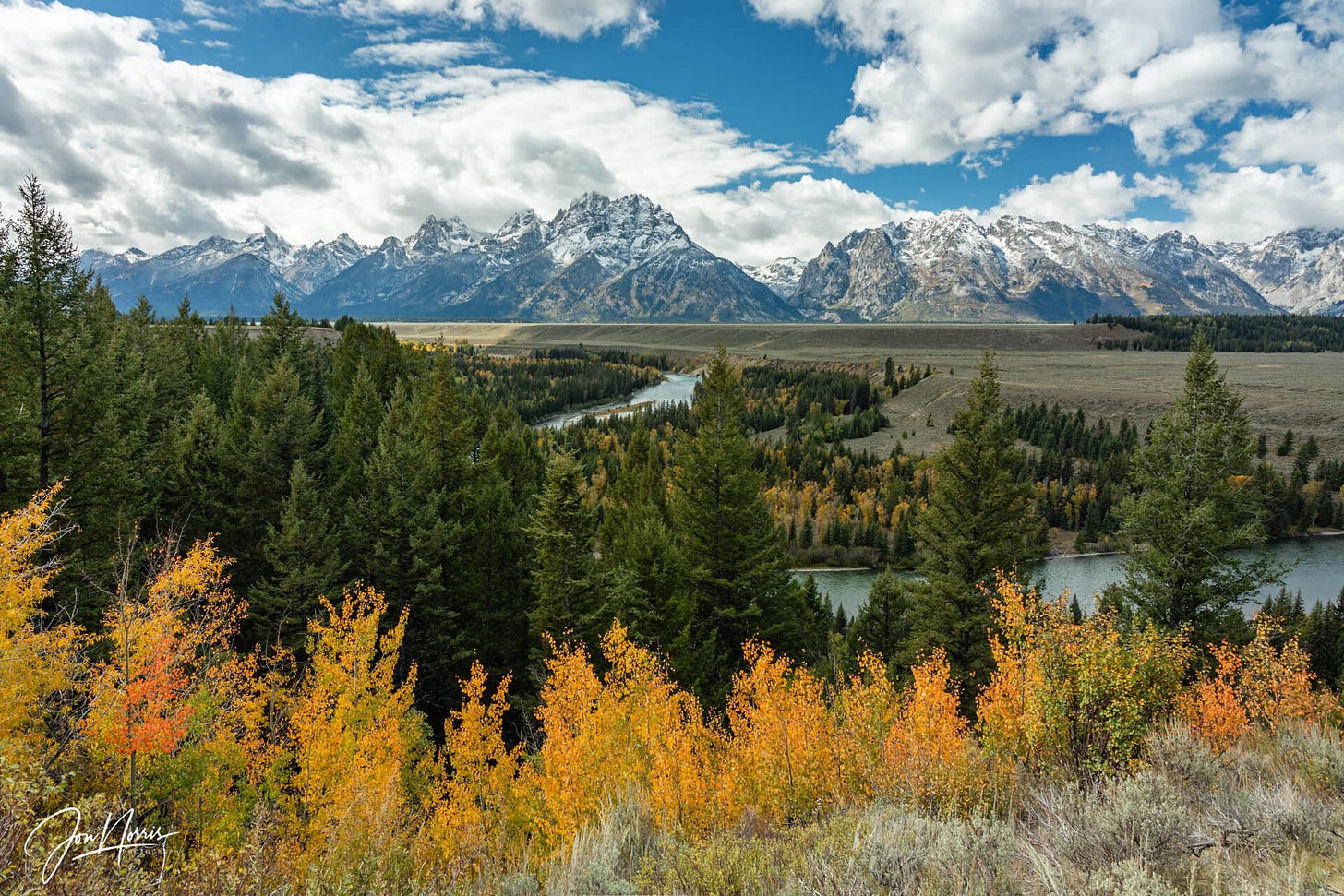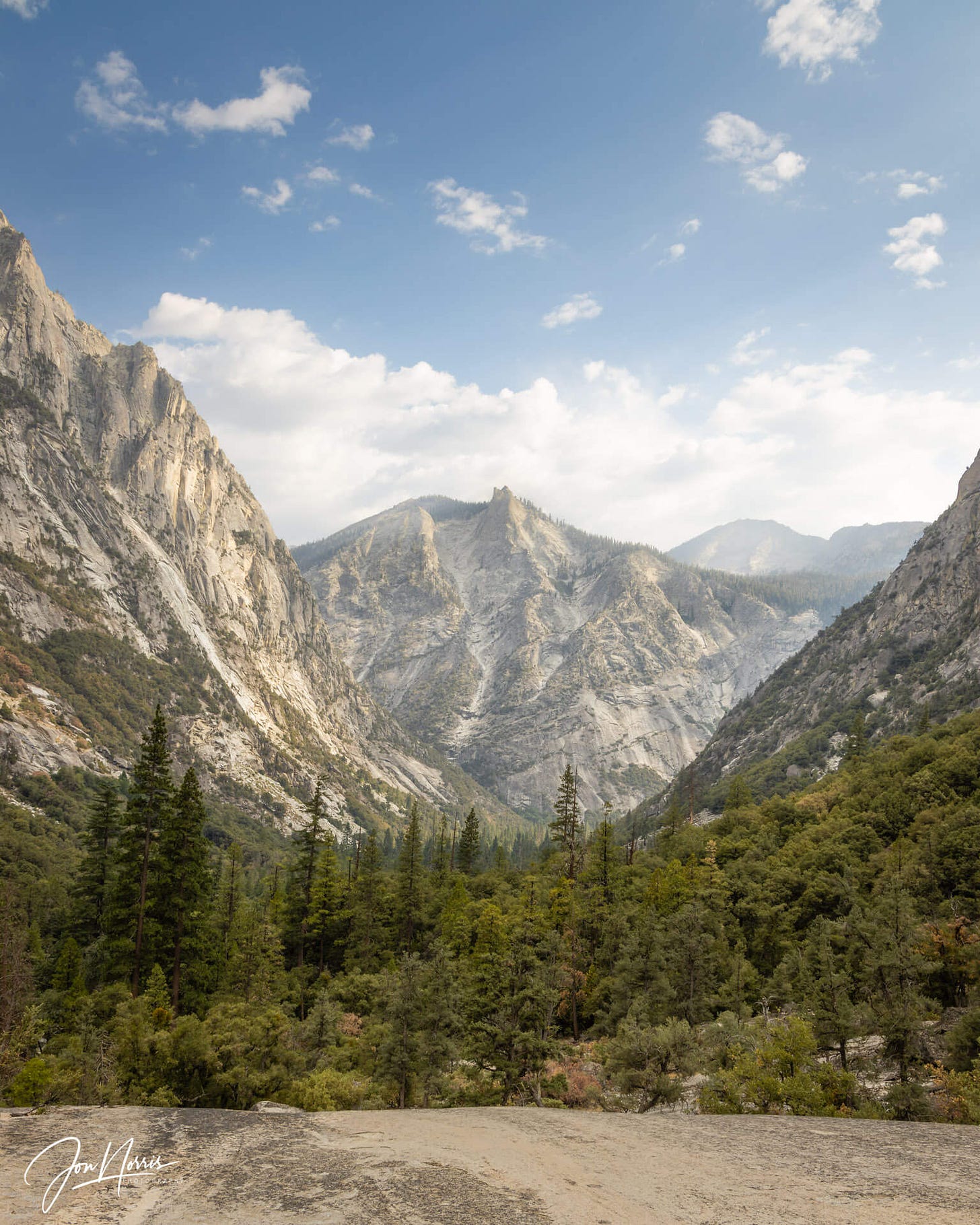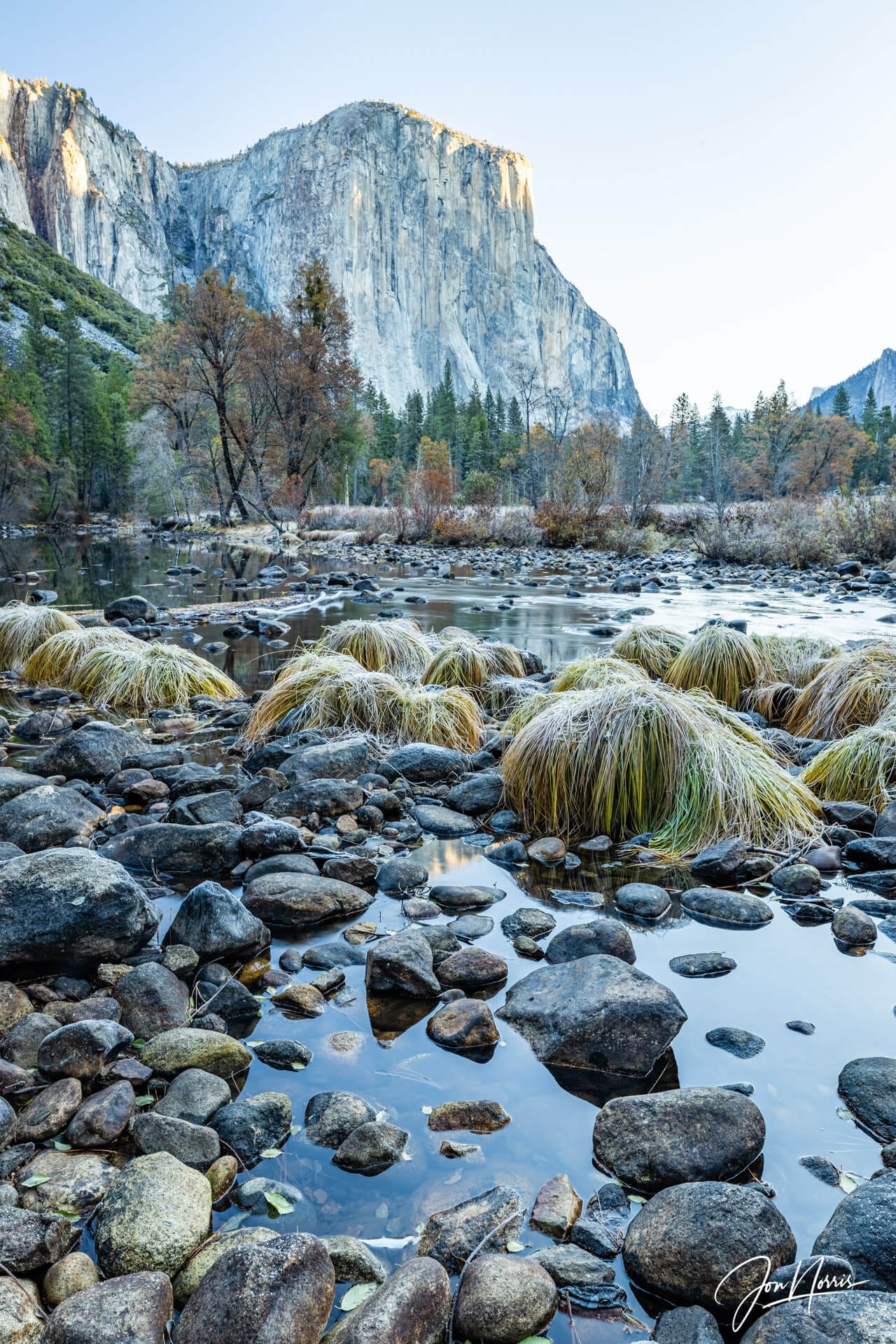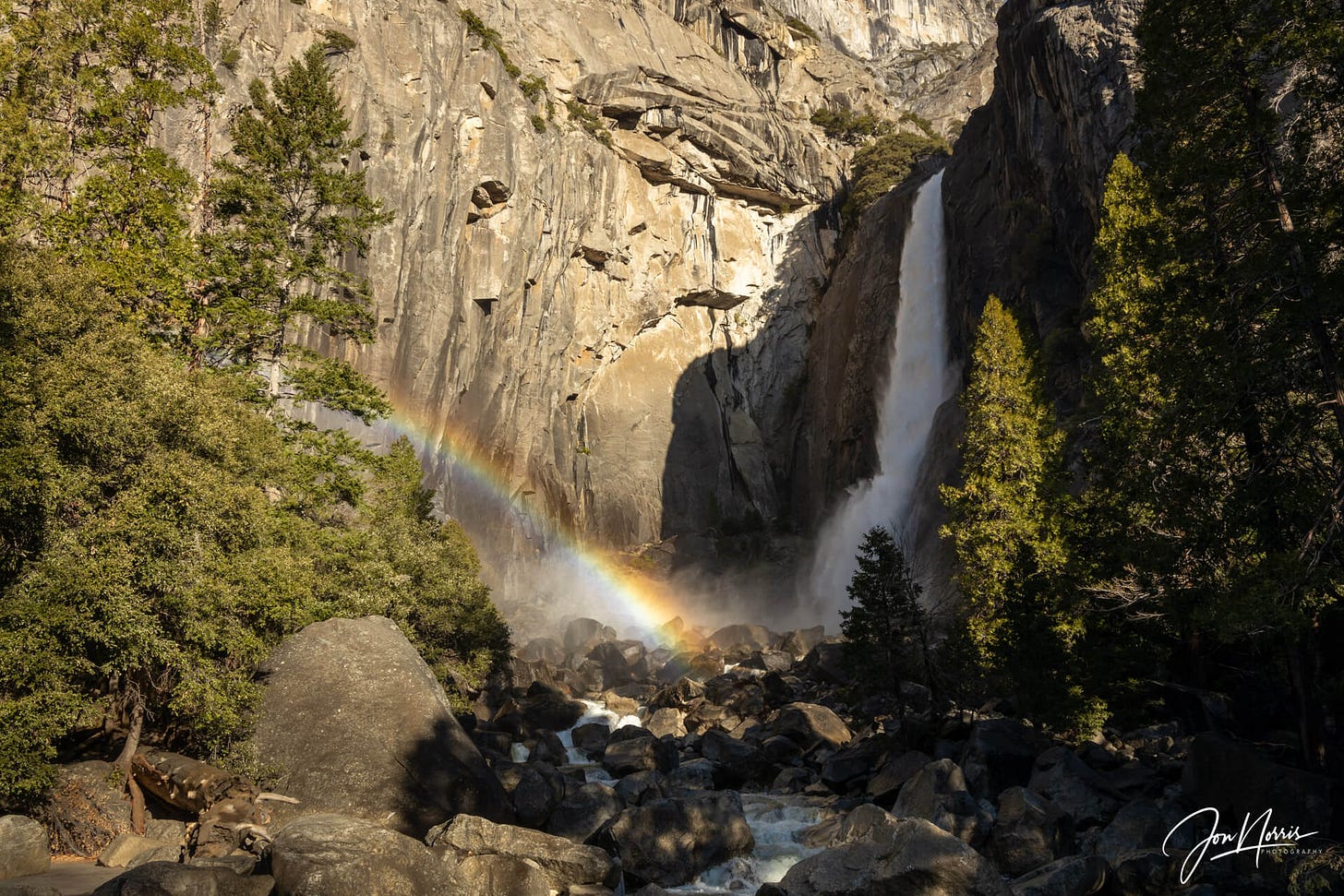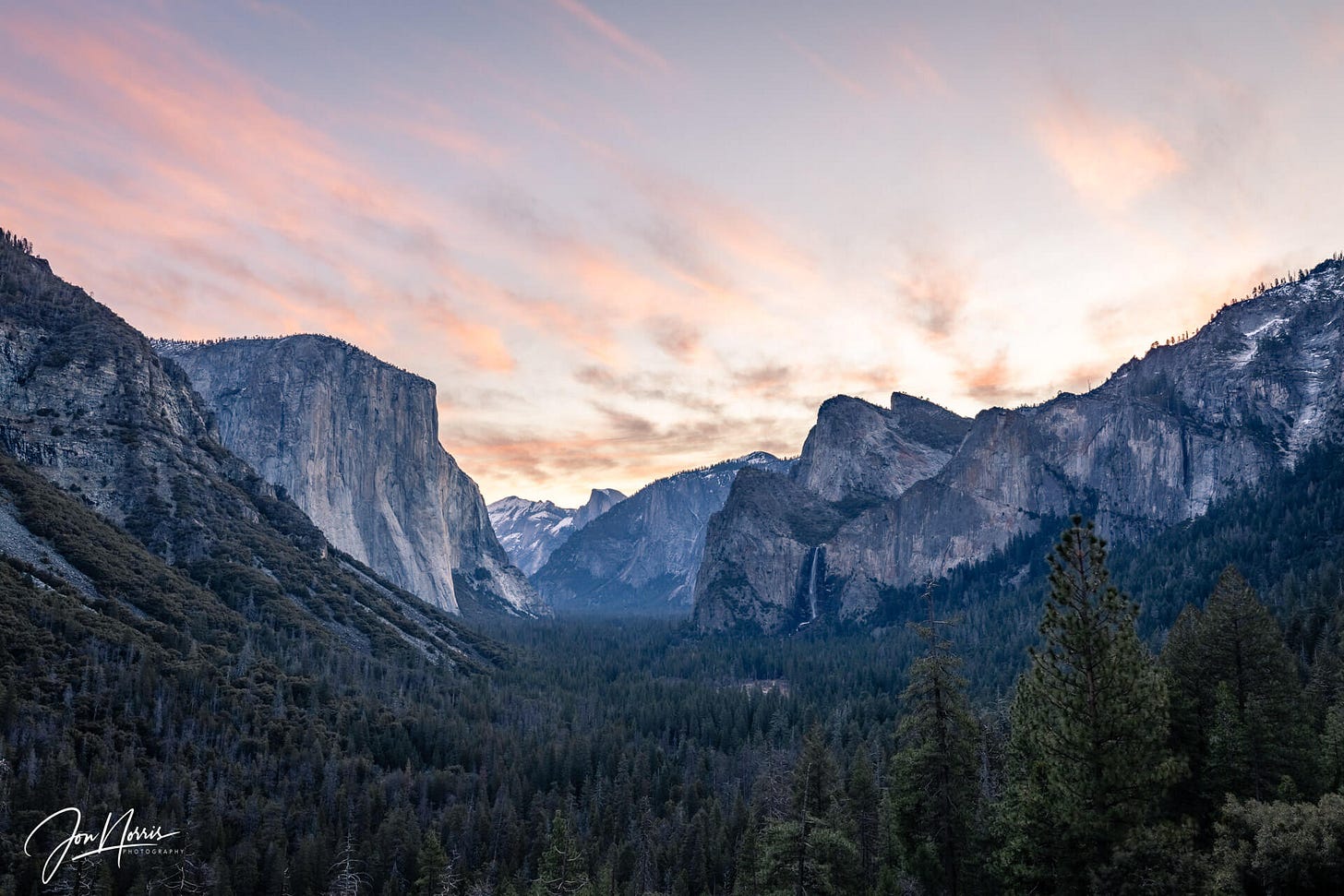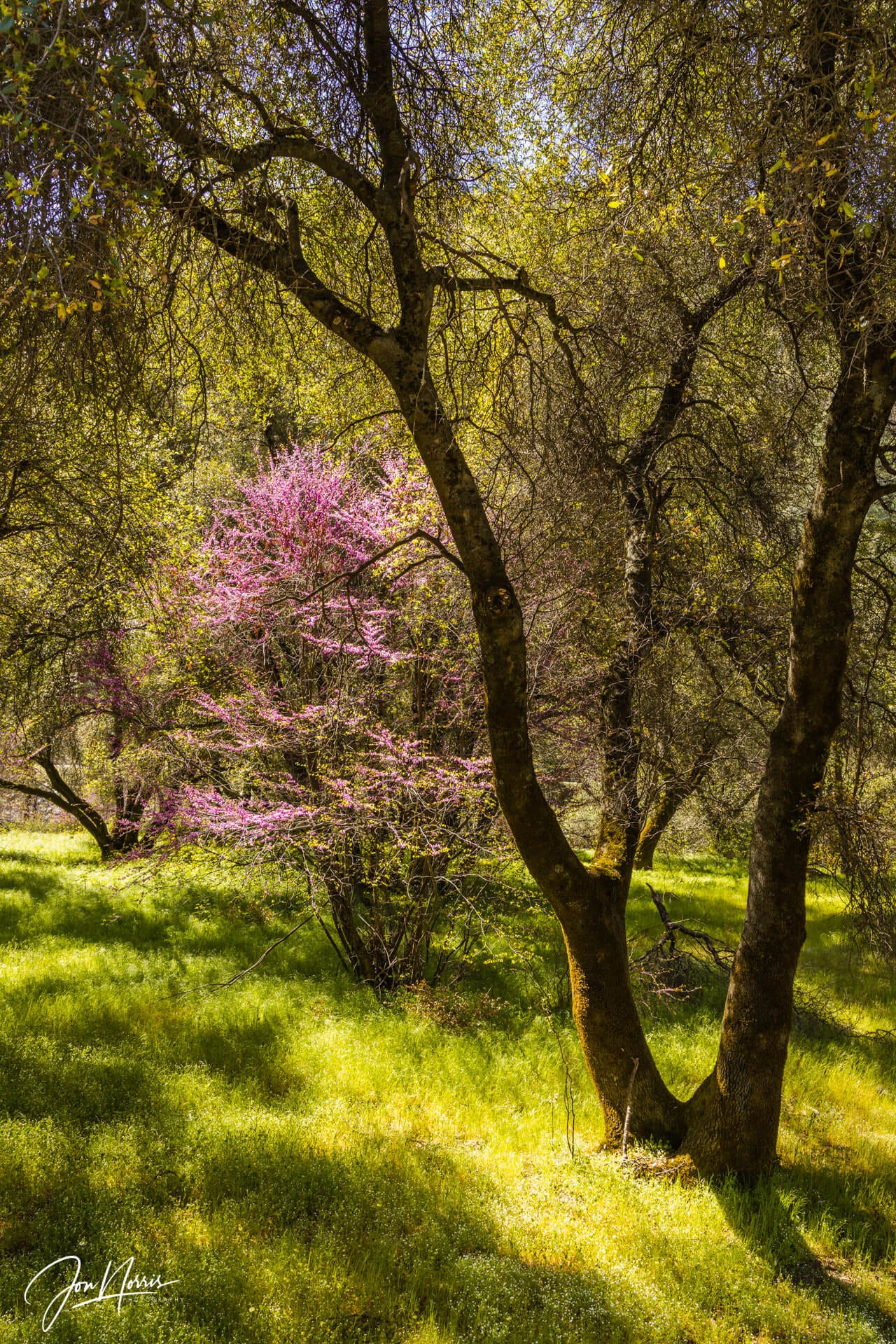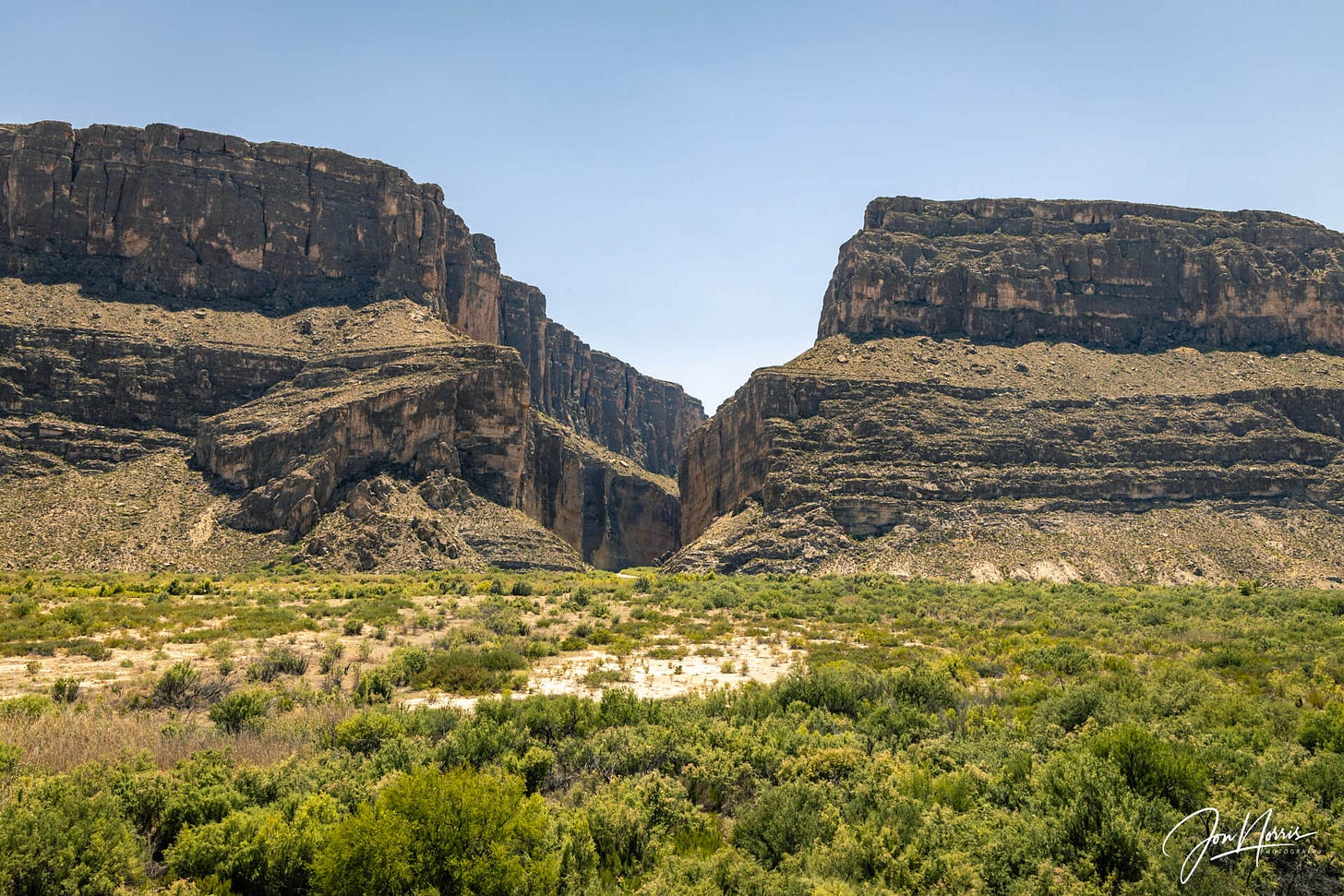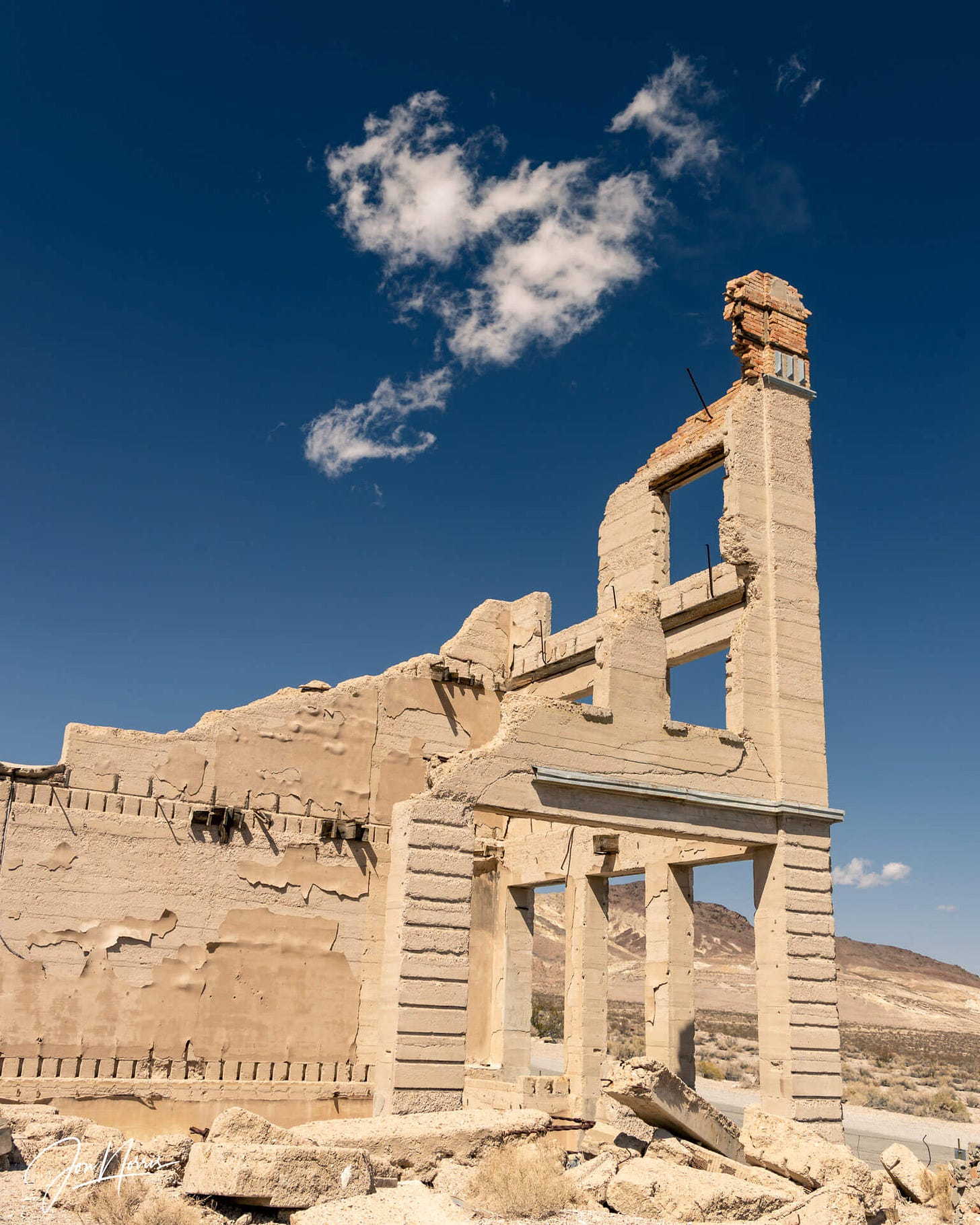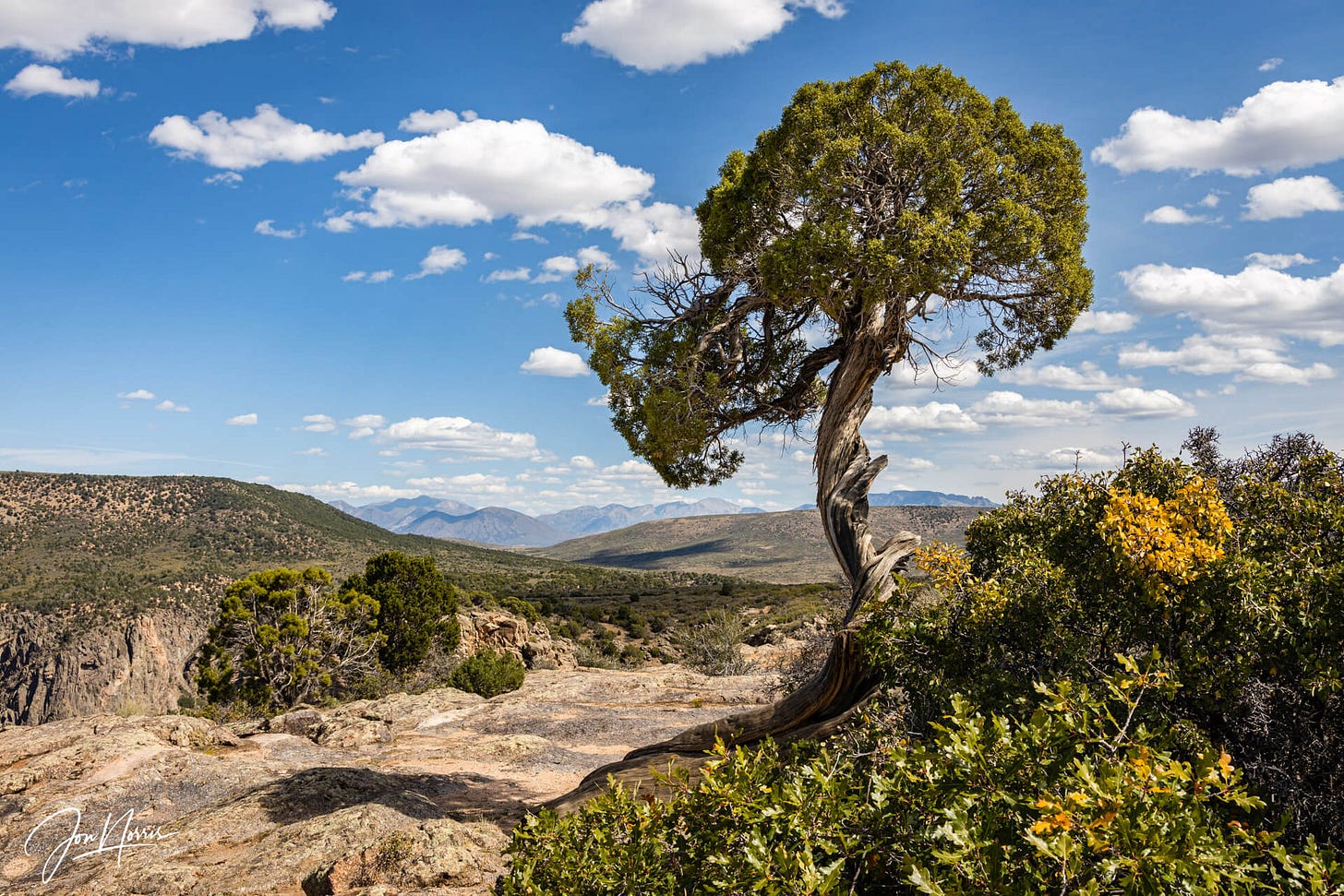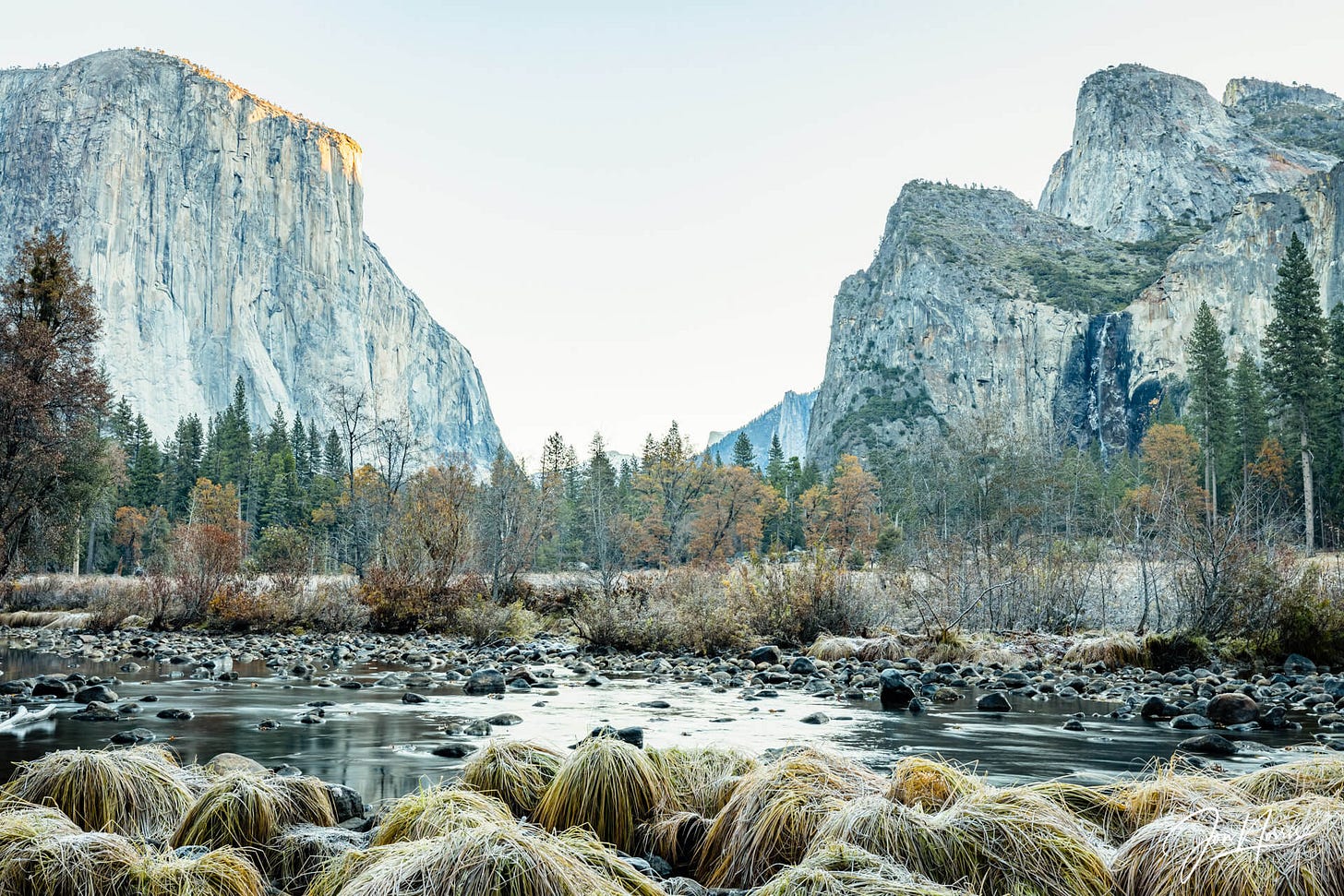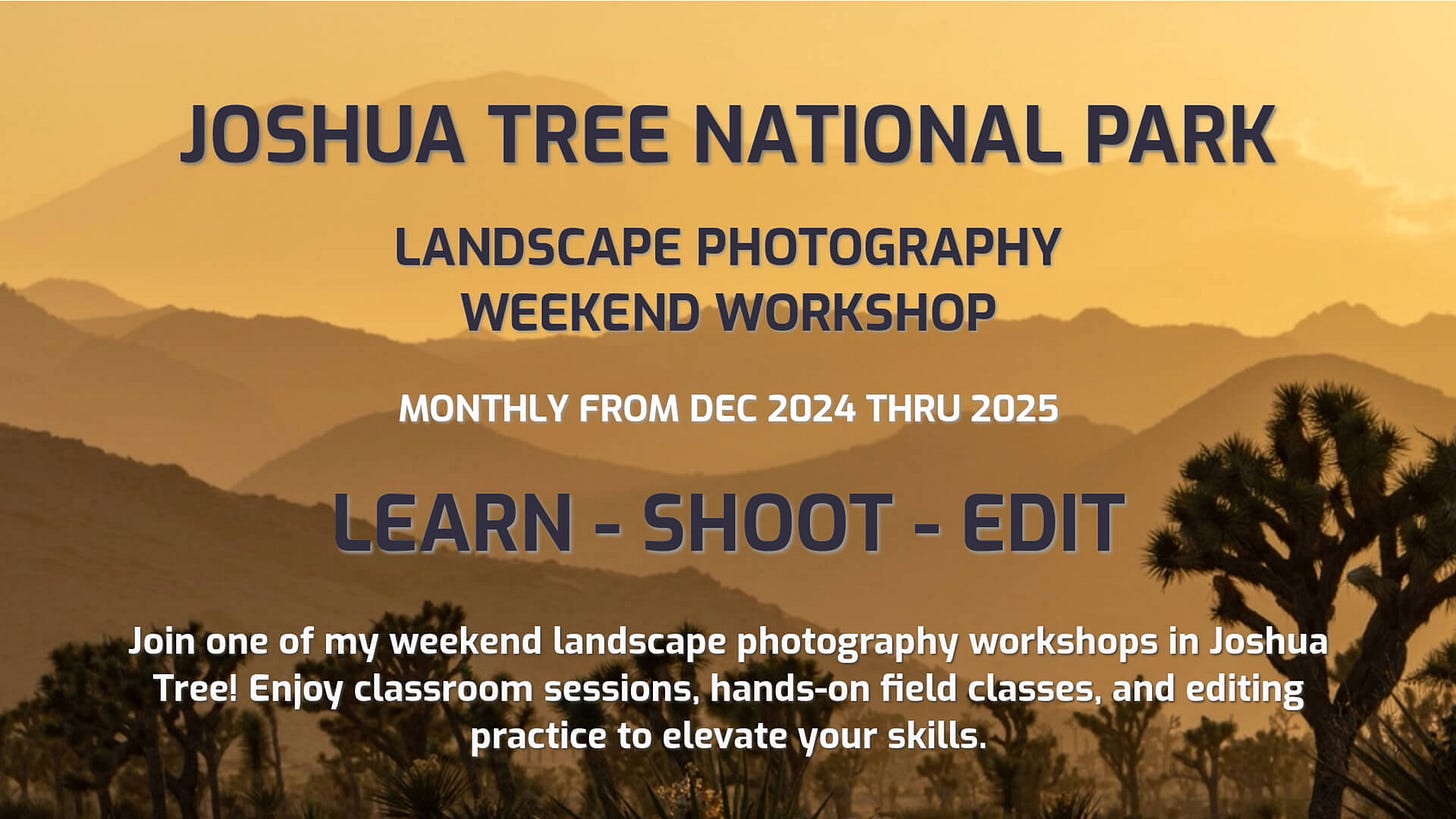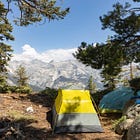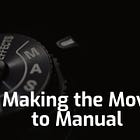Wide-Angle Landscape Photography
Explore Landscapes #73: Wide-angle lenses are synonymous with landscape photographs, particularly those that capture epic, expansive vistas, or to to accentuate foreground perspective.
I’ve decided to change things a bit here at Explore Landscapes. From now on, all my posts and articles will be free for anyone to read. After four weeks, they’ll be paywalled, but paid subscribers (and my workshop alumni) can access them. Paid subscribers can also join a monthly webinar or photo critique. More info on that to come shortly.
1. Introduction
Wide-angle lenses are synonymous with landscape photographs, particularly those that capture epic, expansive vistas like Tunnel View in Yosemite National Park.
Unless you’re trying to focus (pun intended) on a specific part of that vista, for example, to create a more intimate landscape photograph, you’ll need a wide-angle lens to fit everything from that broad, expansive scene into your frame.
Another use of a wide-angle lens is to accentuate perspective by getting close to a subject and exaggerating its size relative to the mid-ground and/or background.
I’ve always been drawn to using this in my photographs, even before I got into landscape photography.
In this article, I’ll share some tips and tricks for using your wide-angle lens to create images you’ll be proud of.
The images in this article were all shot at different focal lengths, from 16mm to 35mm.
This post is a bit long, and Substack tells me it may be truncated when delivered to your email inbox. If so, please click ‘View in browser’ at the top right of the email.
2. What Makes Wide-Angle Photography Unique?
As mentioned before, a wide-angle lens has two distinct uses in landscape photography: 1) capturing the grandeur of a vast scene and/or 2) distorting a foreground subject and playing with perspective.
So, what qualifies as a wide-angle lens? For full-frame cameras, a wide-angle lens (typically) has a focal length of 35mm or less, giving you a wide field of view compared to how our eyes see a scene (which is approximately equivalent to a 50mm focal length). The wider your field of view, the more of the scene you'll be able to see in the frame from a specific viewpoint.
Wide-angle lenses create depth in a scene by ‘pushing away’ the midground and background in a landscape photo, which can also add drama.
3. Gear Check: Choosing the Right Tools
Wide-angle lenses are available as prime (fixed focal length) and zoom (with a range of focal lengths). For the landscape photographer, using a zoom lens to adjust the field of view and composition without needing to move backward and forward as you may not always be able to move to zoom with your feet.
If you’re shooting with a crop-sensor camera, then what’s considered a wide-angle focal length will change. For APS-C cameras (with a crop factor of 1.5), wide-angle lenses are typically 10-24mm. For Micro 4/3rd cameras (with a crop factor of 2.0), wide-angle lenses generally are 8-18mm.
As with many landscape photography compositions, you may need a tripod and a remote shutter release (or the 2-second delay setting) to ensure a sharp image. However, this requirement is typically increased for images shot with a telephoto lens, where camera movement is exaggerated in the final image.
If you plan to use lenses of different focal lengths (from wide-angle to telephoto), ensure you can use adapter rings for each lens before purchasing filters. This allows you to use a single filter on all of them (independent of their focal length).
4. Mastering Composition in Wide-Angle Photography
As mentioned previously, wide-angle lenses can be used to create foreground magic. I’m sure you’ve seen examples of images that feature a prominent foreground subject (such as a barrel cactus) that appears to dwarf the much taller mountain scene in the background.
When composing wide-angle shots with a prominent foreground subject, try using leading lines and foreground elements to guide the viewer’s eye into the scene.
You may want to try other compositional rules, such as the rule of thirds, balance, or negative space, to help position different elements in your frame.
Pay special attention to ensuring that your scene isn’t too cluttered. Often, removing elements and simplifying your composition will strengthen it.
5. Playing with Light
Wide-angle images (as per many other images) typically benefit from being shot during golden hour or blue hour - i.e., just before or after sunrise or sunset. This helps to ensure that the shadows and highlights in your scene are not blown out.
Another tip is that, as you’re shooting on a tripod (you are shooting on a tripod, aren’t you?), you can harness some cloud drama for added mood by using a long shutter speed (that may require an ND filter).
6. Technical Know-How: Settings for Wide-Angle Success
You’ll typically (but not always) want to get the whole scene sharp for wide-angle grand vistas. To do this, you’ll want to use your lens’s sharpest aperture and ensure that you’re focusing at the correct ‘depth’ in your scene to get sufficient depth of field to achieve foreground-to-background focus and keep everything tack-sharp.
Another good reason to use a tripod is to use your camera’s base ISO to minimize the amount of digital noise in your image.
7. Challenges and How to Overcome Them
Wide-angle lenses often do not cause as much distortion in natural landscape scenes as when shooting cityscapes, where a wide-angle lens can easily distort verticals in buildings.
A wide-angle lens can often add depth to wide-open spaces and spread out mid-ground and background features.
If your wide-angle scene features a foreground subject very close to your lens and a background far away, you may have to use a technique called focus-stacking to get front-to-back focus. I’m going to cover that subject in a later article.
Also, when shooting scenes with a high dynamic range (i.e., scenes with a broad range of tones from very dark shadows to bright highlights), you may have to use exposure bracketing to ensure your final image is not clipped.
8. Post-Processing: Bringing the Scene to Life
The potential distortion (if so significant that it detracts from the image) can be corrected in Lightroom.
Please review my basic Lightroom editing workflow to learn how to enhance your image's color, contrast, and sharpness without overdoing it. You may also want to use cropping to refine your composition and improve the image.
9. Bonus Tips for Epic Wide-Angle Shots
Here are a few other tips on how to improve your wide-angle shots:
Introduce a person (or people) into a scene to add scale to landscapes.
Experiment with different shooting positions: low to the ground or from up high.
Watch the edges of your frame and practice edge patrol: avoid accidental ‘photobombs’ by stray branches or objects where you don’t want them. If they’re minor, they can be removed in Lightroom during post-processing.
10. Summary
Here’s a quick recap of how and when to use a wide-angle lens for landscape photography:
There are two main uses for wide-angle lenses:
When you’re trying to capture epic, expansive vistas and want to get everything in your frame.
To accentuate perspective, get close to a subject and exaggerate its size relative to the midground and/or background.
For full-frame cameras, a wide-angle lens (typically) has a focal length of 35mm or less.
When composing wide-angle shots with a prominent foreground subject, try to use leading lines and foreground elements to guide the viewer’s eye into the scene.
A long shutter speed (which may require an ND filter) can harness some cloud drama for added mood.
You’ll typically (but not always) want to get the whole scene sharp for wide-angle grand vistas. To do this, you’ll want to use your lens’s sharpest aperture and ensure that you’re focusing at the correct ‘depth’ in your scene to get sufficient depth of field to achieve foreground-to-background focus and keep everything tack-sharp.
I hope this article was helpful. Now grab your camera and a wide-angle lens and practice creating epic vista images and/or foreground magic.
Capture Stunning Landscapes Like a Pro - Join a Joshua Tree Weekend Photography Workshop
Are You Frustrated With Your Photography?
You're passionate about landscape photography, but your shots don’t quite match your vision. Maybe your compositions feel uninspired, or your editing lacks the punch of pro-level images. Watching tutorials isn’t enough—you need hands-on experience and expert feedback to truly improve.
A Weekend That Transforms Your Photography
My immersive Weekend Landscape Photography Workshops in Joshua Tree are designed for photographers who want to level up. Learn directly from an experienced professional, practice techniques in breathtaking desert landscapes, and leave with stunning portfolio-worthy images.
👀 See immediate improvement in your shots
📷 Learn by doing—real-world experience beats theory
💡 Gain expert insights tailored to your needs
Alternatively, you can choose a one-to-one workshop (and personalize it to what you'd like to photograph, specific techniques, or how far you want to hike) or join a small group workshop (limited to three photographers).
Here are a few of my posts that you might be interested in reading:
Interesting musings, images, and art from others:
Did This New Law Just Revolutionze Filmmaking on Public Lands? by More Than Just Parks
The Power Of Storytelling by Manuela Thames
Lens Flare #46 - Going Normal by Stefan Beyer
Shiver by Whitney Barkman
It’s Okay to Not Be Okay: Why I’m Speaking Out About Oregon’s Mental Health Crisis by Andy Neal
Creating space to create by Margaret Soraya
January by Steven Thomas
Because I might be new to you by Tim McFarlane Studio
Road Life in 2025. by James Dalman
Issue #88 An Ode to Winter by Miscellaneous Adventures



